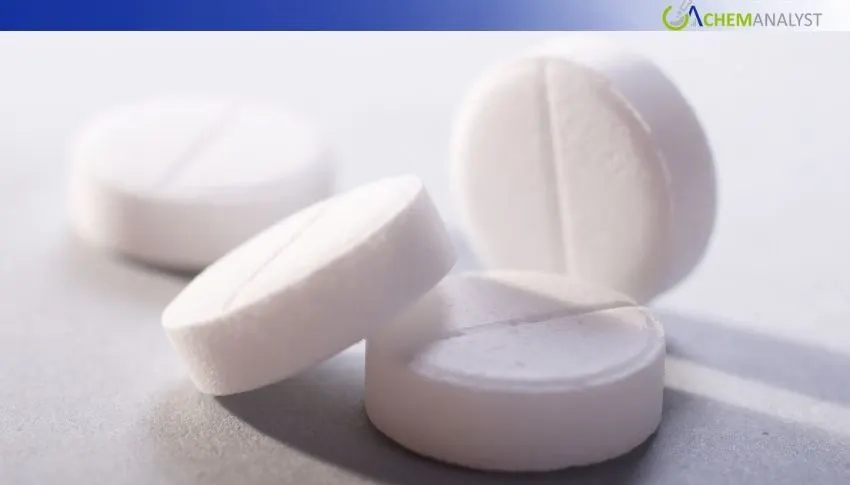Welcome To ChemAnalyst

Global paracetamol prices have plunged due to oversupply, weak demand, and shifting trade dynamics, impacting pharma supply chains worldwide. China’s falling raw material costs and reopened API factories flooded markets, while cautious Q2 buying led to inventory buildup and aggressive discounting. Despite U.S. tariffs, strategic imports kept prices low; Europe and India saw mixed trends due to logistics and currency factors. Supply chain disruptions and short-term buying further pressured prices. Downstream industries face margin stress or production shifts. Without market recovery or production cuts, Q3 prices will remain under pressure amid global rebalancing.
Paracetamol costs have dived into a sharp free fall in global markets following the simultaneity of oversupply, subdued demand, and changing trade patterns. This realignment is echoing through the pharma supply chain with far-reaching implications for manufacturers, distributors, and downstream industry players across the globe.
Paracetamol, or acetaminophen, is a common painkiller and fever medication required in pharmaceuticals, over-the-counter drugs, and blended medicine. Because of its role in the management of fever and pain, paracetamol plays an integral part in the world's public health and the production of industrial medicine.
Overall price direction indicates a steep decline from Q2 peaks. In China, paracetamol prices declined on falling para-aminophenol cost, key raw material for the drug, which experienced oversupply of supply and demand decline from non-pharmaceutical industries. While this went on, key API factories reopened after maintenance, inundating the market with new supply. Accumulation of inventories in cautious Q2 purchasing also pressured prices lower, as suppliers desperately cleared stocks at discounted prices to avoid spoilage and storage fees.
Prices for paracetamol fell in the U.S. despite a 20–25% tariff on Chinese imported medication. Deep discounting and strategic purchases by Chinese exporters covered the tariff costs. Imposing higher tariffs on a temporary basis until November provided some window period for bulk imports and stimulated price rivalry. American buyers took advantage of the world glut and bought paracetamol at cheaper landed costs even in the time of trade tensions.
Europe followed suit. Germany experienced hardening to softening paracetamol prices, driven by late API arrivals, port congestions, and prudent buying. Prices, however, softened in India on account of currency fluctuations, environment audits, and high inventory turnover at generic drug companies.
Supply chain disruptions are adding to the pressure on prices. Asia port congestion, a shortage of containers, and extended lead times have caused delivery schedules to be disrupted. Freight prices jumped in May but eased in June as demand eased. These supply chain headwinds combined with cautious market psychology have resulted in buyers taking short-term over bulk contracts, compelling suppliers to reduce paracetamol prices in order to drive demand.
The ripple effect is being felt by downstream industries. Drug makers are experiencing margin squeezing since prices of paracetamol decline at a greater pace compared to packaging and compliance expenses. Others boost production to take advantage of low-priced inputs, while others reduce production owing to saturations in inventories. Companies making cosmetics and food additives that use paracetamol derivatives are rethinking procurement strategies owing to fluctuations in prices.
In the near term, prices of paracetamol will continue to face downward pressure in Q3. Absent a recovery in major markets such as Europe and Southeast Asia or any cutback in production by Chinese players, there will be a surplus. Indian capacity additions and U.S. tariff alignments can smoothen it temporarily, but the larger scenario depends on geopolitical calm and inventory normalization.
We use cookies to deliver the best possible experience on our website. To learn more, visit our Privacy Policy. By continuing to use this site or by closing this box, you consent to our use of cookies. More info.
